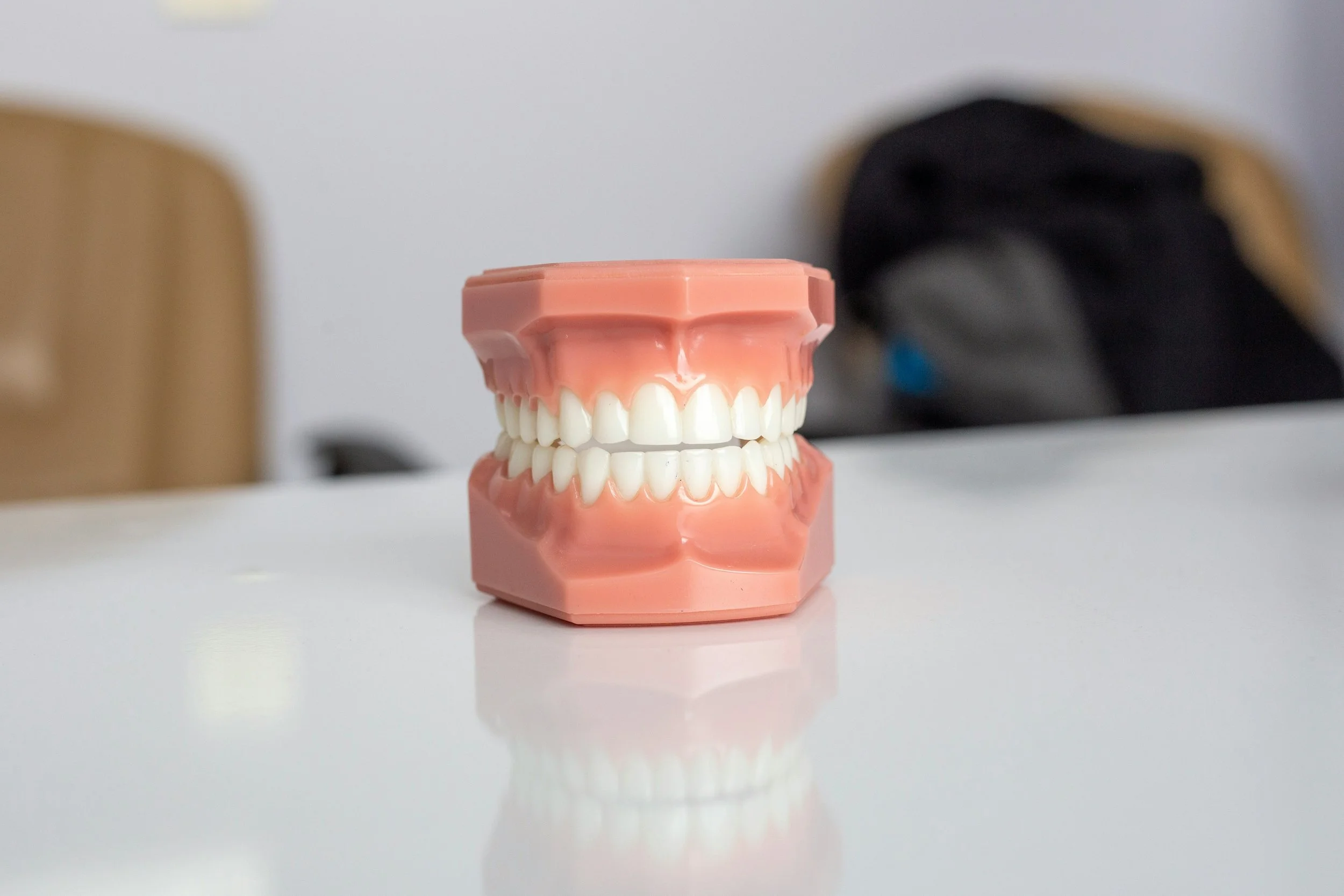Living an active lifestyle means more than staying fit. It often includes travel, socializing, working long hours, or juggling multiple roles. People who are constantly on the move need practical solutions that can keep up, especially when it comes to dental health.
Tooth loss, whether caused by decay, injury, or aging, can affect more than how someone looks. It changes how they eat, speak, and interact with others. For active adults, the idea of spending months going back and forth to the dentist for temporary fixes or removable dentures just isn’t workable. That’s where All-On-4 implants come in. But are they really the best fit for someone always on the go?
A Closer Look at All-On-4 for Busy, Mobile Lifestyles
All-On-4 implants offer a fixed alternative to removable dentures. Instead of replacing each tooth individually, four implants support an entire arch of teeth. This method creates a solid foundation that doesn't shift during meals or physical activity. People who've struggled with loose dentures or multiple failing teeth often find the switch life-changing.
The more advanced All-On-4 implants can often be placed without additional bone grafts, which means less healing time and fewer appointments. This is possible because the rear implants are tilted at an angle, allowing them to engage more of the existing bone. For someone who's managing a tight schedule or doesn’t want to be slowed down by frequent procedures, this design is practical.
What Makes All-On-4 Compatible With an On-the-Go Routine?
One of the main advantages is the timeline. On the day of surgery, patients receive their implants and a set of temporary teeth in a single visit. That allows for a faster return to work, travel, and everyday activities. For someone balancing career responsibilities, family, and personal goals, this kind of efficiency matters.
The entire bridge is fixed in place, which means no daily removal, no adhesives, and no complicated maintenance routines. Compared to traditional methods, which may require multiple implants and bone grafts, All-On-4 offers a cleaner, more predictable experience. Daily oral hygiene routines remain straightforward, and there's no need to carry around cleaning solutions or special storage for removable dentures.
Functionally, these implants perform like natural teeth. Chewing, biting, and speaking feel intuitive. Unlike removable dentures, they don’t shift mid-meal or click during conversations. That kind of reliability matters in a professional setting, on a date, or during a business trip when there’s no time or privacy to deal with loose teeth.
How Long-Term Stability Supports Long-Term Activity
People often ask whether these implants can hold up under long-term use. The short answer is yes, assuming proper care and regular dental checkups. The implant placement is strategic, targeting areas of the jawbone where density is highest. Even in cases of bone loss, angling the posterior implants helps maximize contact with actual bone. That improves integration and minimizes movement.
Over time, dental implants can help stimulate bone growth, preventing the jaw bone from deteriorating. This preserves facial structures and supports long-term oral health. For people who care about performance and appearance, that benefit can't be overlooked. A strong bone structure isn’t only about function—it also helps maintain a youthful facial shape.
Material matters too. Most full arches are made with acrylic resin teeth supported by a titanium framework. These materials are light yet durable enough to stand up to years of chewing. While they’re not indestructible, they're built to last under everyday use.
Candidacy: Not Everyone Is a Match
It’s easy to get sold on the promise of a permanent solution, but All-On-4 isn’t for everyone. Good candidates typically have decent bone density and are free of untreated oral health issues like gum disease. Infections, decayed teeth, or impacted wisdom teeth may need to be addressed before surgery. Smokers or those with uncontrolled diabetes may face healing delays or higher risks during dental implant procedures.
Some patients will still need bone grafts, especially if the upper jaw has been missing teeth for years and the bone has resorbed significantly. Others may not have enough spacing in relation to anatomical structures like sinuses or nerves, which can limit implant placement.
For those ineligible for All-On-4, traditional dental bridges or partial dentures may be a better fit, at least temporarily. A proper diagnostic workup, including 3D imaging, is necessary to identify risks early and avoid complications.
PHOTO CREDIT | Unsplash/Enis Yavuz
Real-Life Application: From Gym to Boardroom
Consider someone who runs five miles every morning, travels regularly for work, and doesn’t want the burden of managing removable dentures. For this kind of person, an invasive procedure that requires months of healing and several appointments might feel like too much disruption. All-On-4 offers a way to compress that treatment timeline. From the day of surgery to the final fitting, most patients are done in a matter of months—with functioning temporary teeth right away.
Someone else may be dealing with broken teeth or decayed teeth in multiple spots. Instead of repairing one area at a time over the years, All-On-4 provides an option to reset everything in one go. That clean break is sometimes what people need to start fresh and avoid piecemeal dental work that never feels complete.
The Bottom Line: Function Over Fuss
People living full, active lives tend to favor solutions that simplify—not complicate—their routine. All-On-4 implants check several of those boxes. They restore functional teeth, improve appearance, and reduce the number of appointments needed to reach a stable result.
While no option is perfect for everyone, this approach delivers consistency, which is hard to come by in dentistry when dealing with multiple missing or damaged teeth. For those who want something permanent that looks natural, holds up under pressure, and keeps life moving without daily maintenance, it’s worth considering.





